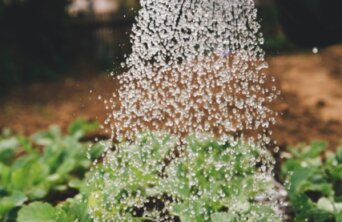- About
- Topics
- Picks
- Audio
- Story
- In-Depth
- Opinion
- News
- Donate
- Signup for our newsletterOur Editors' Best Picks.Send
Read, Debate: Engage.
| topic: | Food Security |
|---|---|
| located: | India |
| editor: | Bindu Gopal Rao |
This year's World Food Day, on 16 October, centred around the theme "Water is Life, Water is Food, Leave No One Behind." The theme focuses on the critical role of water as the foundation of food.
Access to clean and safe water for consumption requires attention. Though seemingly omnipresent, only 2.5 per cent of the earth's water is fresh and suitable for consumption and agriculture. Water scarcity is worsening due to over-extraction of groundwater and climate change.
In India, waterborne diseases in flood-prone areas have had a negative economic burden of approximately $600 million a year. According to a Water.org report, six per cent of India’s 91 million-strong population do not have access to safe water, and 54 per cent (746 million people) lack access to clean home sanitation facilities. These figures have prompted the Government to set a target to provide tap water connections to all homes by 2024 through its Jal Jeevan mission.
A solution can be managing water through crop selection, for example, growing less water-intense crops like millets or ensuring equitable water distribution to reach everyone, leaving no one behind. Governments at the state and central levels must draw up practical and evidence-based water-use policies backed up by legislation. By providing incentives for initiatives that focus on the efficient use and conservation of water, the Government can also encourage more people towards the cause.
While the intent is in place, the key challenge in India is its burgeoning population and how these initiatives will benefit interior hinterlands. Significant public participation can ensure inclusivity.
India needs to use water more efficiently, minimising wastage and choosing to consume locally grown and seasonal food to reduce its carbon footprint. It is also crucial to prevent water pollution and to recycle and treat water for safe drinking purposes. By adopting these measures, India can ensure sustainable resource usage and help preserve the environment for future generations.
Image by Markus Spiske.

